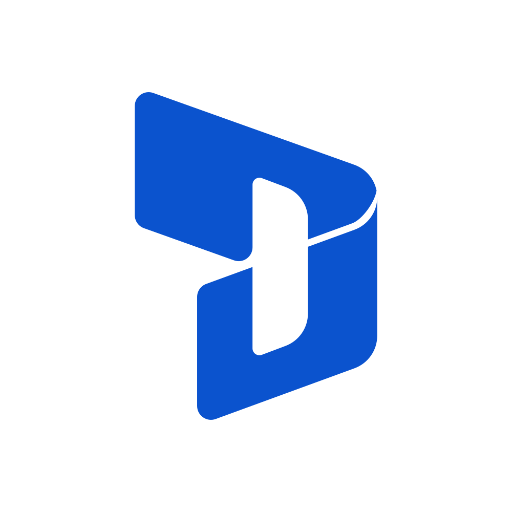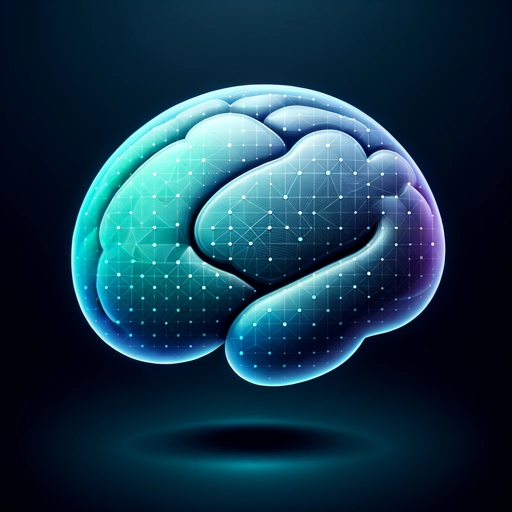Dataiku Guide-AI-powered data platform guidance
AI-powered guidance for Dataiku success
How do I start a new project in Dataiku?
Explain Dataiku's machine learning features.
What are best practices for data management in Dataiku?
I'm new to Dataiku, where should I begin?
Related Tools
Load More
Data Analytics
A how-to guide for data analytics (based on Luke Barousse's 'ChatGPT for Data Analytics' course)

Tableaux de Bord
Tableaux de Bord est un chatbot spécialisé dans l'analyse de données, les tableaux de bord et le contrôle de gestion, avec des compétences spécifiques dans SQL, Python, Excel, Power Query, VBA et Power BI.

tData Doctor GPT (with a focus on Tableau)
Here is your helpful doctor prepared to provide Tableau advice for Server (Windows and Linux), Desktop, Prep, and Cloud. It exclusively uses the knowledge base from Tableau (as of April 2024 from https://www.tableau.com/support/help). You can ask for a tr

Data Engineer Consultant
Guides in data engineering tasks with a focus on practical solutions.

Tableau Solution Guide
🌟 Meet the Tableau Solutions Guide! 🚀 I am here to make your Tableau experience super awesome. Think of me as your Tableau buddy, always ready to help you rock those data challenges! 📊📈💼

Grafana Guide
Expert in data integration for Grafana dashboards.
20.0 / 5 (200 votes)
Overview of Dataiku Guide
Dataiku Guide is a specialized tool designed to help users navigate the Dataiku platform effectively. Its primary function is to provide comprehensive, detailed, and customized assistance for various tasks related to data analytics, machine learning, and AI development within Dataiku. The guide serves both as a learning resource and an interactive assistant that adapts to the user’s proficiency level, offering explanations, step-by-step instructions, and advanced insights to help users optimize their use of Dataiku. Whether it’s helping beginners understand basic data preparation or guiding advanced users through model optimization, the Dataiku Guide is tailored to a wide range of expertise. For instance, a beginner user working on a data cleaning project may receive structured, easy-to-follow instructions on how to use Dataiku's visual recipes, while an advanced user aiming to deploy a predictive model would get guidance on handling complex algorithms and setting up model deployment pipelines.

Core Functions of Dataiku Guide
Step-by-step Task Assistance
Example
A user needs help cleaning a dataset before analysis. Dataiku Guide provides a detailed workflow, starting from importing the dataset to applying cleaning techniques like removing duplicates, imputing missing values, and normalizing the data.
Scenario
A business analyst needs to preprocess a dataset to remove irrelevant data for a marketing analysis project. They use the step-by-step guidance to properly set up the cleaning tasks in Dataiku, ensuring data quality for further analysis.
Conceptual Explanations and Best Practices
Example
A user is unsure about the differences between regression and classification algorithms. Dataiku Guide explains the theoretical background of each, including the types of problems they solve and provides best practices on how to choose the appropriate model.
Scenario
A data scientist is designing a machine learning pipeline to predict customer churn. They’re debating between regression and classification. The guide’s explanation helps them understand why classification models are better suited for binary outcomes like churn prediction.
Advanced Feature Guidance
Example
A data engineer needs help setting up a real-time data pipeline. Dataiku Guide walks them through configuring the flow, setting up triggers, and handling real-time data streams, including using API nodes and streaming platforms.
Scenario
An enterprise needs to monitor real-time data feeds for fraud detection. The data engineer uses Dataiku to establish a pipeline that triggers alerts based on streaming data from financial transactions. Dataiku Guide assists in configuring the entire setup, from data ingestion to alerting.
Target User Groups for Dataiku Guide
Business Analysts
Business analysts often work with large datasets to derive insights and inform business decisions. Dataiku Guide helps these users by simplifying tasks like data cleaning, visualization, and basic model building, allowing them to focus on interpreting results rather than technical implementation. They benefit from the easy-to-understand workflows and guidance on best practices for business-oriented analysis.
Data Scientists and Engineers
Data scientists and engineers work on complex problems involving machine learning models, data pipelines, and production environments. Dataiku Guide is particularly useful for these users by offering deep insights into advanced features like model optimization, deployment, and automation workflows. The guide helps these professionals implement cutting-edge AI and ML solutions while ensuring best practices are followed throughout the project lifecycle.

How to Use Dataiku Guide
1
Visit aichatonline.org for a free trial without login, no need for ChatGPT Plus.
2
Once on the site, explore the various guides available to find instructions and best practices on Dataiku usage tailored to your needs.
3
Use the search functionality to locate specific features or tools you need help with, such as project management, data cleaning, or advanced analytics techniques.
4
Follow detailed, step-by-step instructions provided in each guide, including explanations of relevant features, tools, and common Dataiku workflows.
5
Refer to advanced tips and recommended best practices for optimizing your experience in Dataiku, ensuring you leverage all available features for your specific use case.
Try other advanced and practical GPTs
Subtitle Translator Pro
AI-powered subtitle translations made easy

STEM Explainer - Hyperion v1
AI-driven insights for deeper STEM understanding.

Custom Colorize
AI-powered tool for coloring page creation.

Dynamics 365 Architect
AI-Powered Solutions for Dynamics 365

Essay Assist
AI-powered academic writing assistant

The Lucid Dreaming Guide
Unlock Lucid Dreams with AI

Agile User Story Crafter
AI-powered user stories for Agile teams.

Tableau Expert
AI-Powered Assistance for Tableau Users

Machine Learning Dev and Design
AI-powered guidance for machine learning development.
Sports Betting Guide
AI-powered guide for smarter betting

Learn LUKSO
AI-driven smart contract guidance for LUKSO.

OpenStory Visualizer
AI-Powered Script to Visuals Tool

- Project Management
- Visualization
- Machine Learning
- Data Automation
- Data Preparation
Common Questions About Dataiku Guide
What is Dataiku Guide?
Dataiku Guide is a comprehensive resource offering in-depth instructions, best practices, and tips for effectively using the Dataiku platform. It provides users with structured guidance to navigate Dataiku’s tools for data analysis, machine learning, and project management.
How can Dataiku Guide help me?
Dataiku Guide helps you master the platform’s features, from basic data preparation to complex machine learning workflows. Whether you're a beginner or advanced user, the guide provides detailed explanations and step-by-step processes to enhance your productivity and decision-making.
Do I need to pay to use Dataiku Guide?
No, Dataiku Guide is accessible for free through aichatonline.org without the need for a login or a paid subscription. This allows you to get started immediately with all available resources at no cost.
Can I find use cases specific to my industry?
Yes, Dataiku Guide offers resources that cover a wide range of industries, including retail, healthcare, finance, and more. It tailors its guidance to industry-specific use cases, helping you apply Dataiku’s tools to real-world scenarios.
Does Dataiku Guide provide tips for optimizing Dataiku workflows?
Absolutely. Dataiku Guide includes best practices for data preparation, automation, and modeling. These tips help you make the most of the platform, streamlining your processes and improving the efficiency of your data projects.